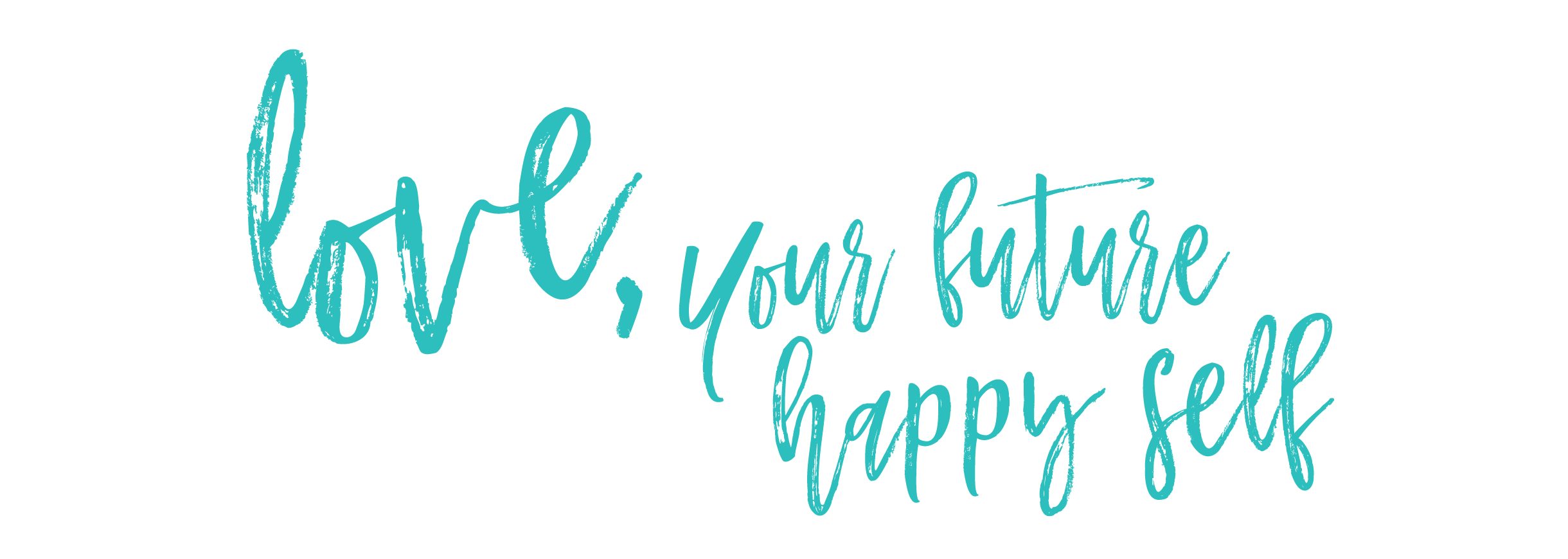My health journey is exactly that. A journey. I am on a constant quest for knowledge. And let me tell you, there is a LOT of crap out there to sift through. It’s hard to know who or what to believe. I’ve tried it all – changing my diet, eating vegan, giving up alcohol (that’s a lie, I’ve never actually tried that), reiki, massage, acupuncture, body talk, floating waters, meditation, essential oils, juicing, buying non-toxic cleaning products, and finding safer skincare and cosmetic products. Some things stick, others I move on from.
A couple years ago, I discovered an amazing app to help me understand the toxicity of the products I was consuming and using on my skin, only the body’s largest organ. Environmental Working Group (EWG) is a non-profit whose mission is to empower people to live healthier lives in a healthier environment. EWG’s Healthy Living App is a free app that rates more than 120,000 food and personal care products.
I’ll give you an example. For years, I used Clean & Clear’s Essential Foaming Facial Cleanser in the morning and evening. I loved it because it was strong enough to remove my mascara at the end of the day. It certainly wasn’t doing any favors for my teenage cystic acne that I developed in my late 20s. Thankfully, I met an amazing aesthetician in Cherry Creek, Katie Borgmann, who helped me understand skin care products on a much higher level. She encouraged me to invest in better quality products that cost a bit more than the Clean & Clear bottle priced at $4.29. I did, and my cystic acne cleared up.
When I first downloaded the Healthy Living App, Clean & Clear’s Essential Foaming Facial Cleanser was the first thing I looked up. Here are the results:

The app measures allergy, cancer, and developmental concerns. The facewash I used for 15 years of my life tested 7, on a scale of 0-10, 10 being most toxic. The ingredients are broken down by score even further. So what is “fragrance” that tested 8 in Clean & Clear’s Cleanser? Exactly. It’s vague because fragrance was conveniently left off the federal Fair Packaging and Labeling Act passed by Congress in 1973. The law required companies to list cosmetics ingredients on product labels but left off fragrance. In a study testing the ingredients of 17 name-brand fragrance products, “The average fragrance product tested contained 14 secret chemicals not listed on the label. Among them are chemicals associated with hormone disruption and allergic reactions, and many substances that have not been assessed for safety in personal care products.” Thank you, Congress.
The second “red zone” ingredient in my ex-face soap is propylparaben. We’ve all heard parabens are bad for us. But what are they? And why are they still in thousands of products on the shelves – including food products? Parabens are used as preservatives to prevent bacteria and mold from growing in our products. The FDA seems to feel they are not a threat, despite being banned by the European Union.
“FDA doesn’t have special rules that apply only to preservatives in cosmetics. The law treats preservatives in cosmetics the same as other cosmetic ingredients. Under the Federal Food, Drug, and Cosmetic Act (FD&C Act), cosmetic products and ingredients, other than color additives, do not need FDA approval before they go on the market.”
This is from www.fda.gov. Yikes.
So there is basically no regulation of ingredients. I should note, it has been EIGHTY YEARS since the US passed a major federal law to regulate the safety of ingredients used in personal care products. Another fun fact, the US has banned a whopping 30 ingredients for use in personal care products, compared to nearly 1400 banned by the European Union.
A recent article suggests that women who wear makeup absorb nearly 5 pounds of toxic chemicals per year. “Those chemicals include known and probable carcinogens, neurotoxins and reproductive toxins that lead to infertility.”
And we all heard about Monsanto yesterday, a unit of Bayer in Germany, that was ordered to pay $289 million in damages after a school groundskeeper developed non-Hodgkin’s lymphoma after using Roundup and Ranger Pro on school grounds. How unfortunate for that man, who isn’t expected to live to see 2020, and is there any concern for the children playing on those school grounds?
According the New York Times, in that trial, jurors saw internal company documents “proving that Monsanto has known for decades that glyphosate and specifically Roundup could cause cancer.”
People, it’s time to pay attention. I’ve been encouraging every who will listen to me to start shifting to safer products. Take baby steps. You might be tempted to trash everything in your cupboards (and you should be). Start with one product at a time. When you run out of body wash, pull up your app when you’re at the store and start scanning. If you’re buying cereal for your kids, maybe double check its levels of allergy, cancer, and developmental concerns through the Healthy Living App. Start somewhere and make it a habit.
Lastly, if this is speaking to you and you’re looking for safer skincare and cosmetics products, check out Beautycounter. The reason I joined the Beautycounter movement is their mission: to get safer products into the hands of everyone. Several of their products are EWG verified (meaning they meet EWG’s strictest criteria). All products score 3 and under. You can find more info on why I love Beautycounter on my blog.
If you’re feeling really committed, consider becoming a Band of Beauty member, which gets you free shipping on orders $100+, a welcome gift when you spend $50+, 15% product credit, and exclusive members only offers.
First things first, though, download the Healthy Living App (Think Dirty App is a similar concept and I actually reference both) and get scanning!
What are some safe products you’ve discovered and loved? Happy safe-product hunting!
